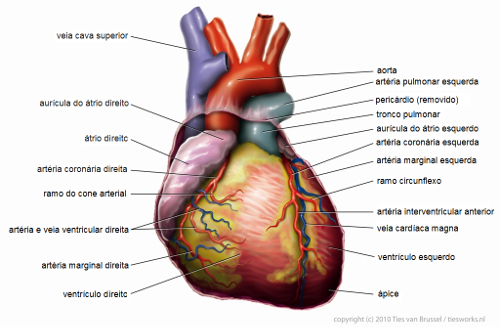Have you ever stopped to think about the amount of times we engage in speech acts every day? From the time we wake up to the time we go to sleep, we are communicating with our family and friends. Perhaps you still don't know that factors are involved behind the simple act of communicating very interesting linguistics, which explain the intentions of the speakers in each interaction situation. verbal.
For communication to take place, any system of signals is needed, as long as it is organized and common to the people involved in the communication situation. When we elaborate our speech, depending on the intention and meaning that we want to give it, we intuitively choose one of the language functions. This term, "language functions", was coined by a leading Russian linguist named Roman Jackobson, who was the first realized that in language there are some fundamental elements to communication and thus defined that six factors are involved in it. Are they:
referential function;
conative function;
phatic function;
poetic function;
Emotional function;
metalinguistic function.
Today we are going to delve into what is considered the most common function, the referential function. When someone uses this function in a speech act, the intention is to transmit reality data to the interlocutor objectively and precisely, far from linguistic resources such as metaphors and language vices such as ambiguity. She is also known as denotative function for this is its main characteristic, that is, using language as it is in its essence.

We are involved in speech acts all the time, at home, at school and whenever there is a potential interlocutor
Let's get to know the main features of the referential function? Note the linguistic marks found in a speech that employs this function:
♦ Text written in third person;
♦ Denotative language;
♦ Structured sentences in direct order.
Note an example of a referential function in verbal language:
|
A new road for nature tourism “There is a hidden paradise in the interior of the country with the potential to become a second Transpantaneira – the MT-060 highway. The new route is known as the Tourist Road and is close to the border between Brazil and Bolivia, in Cáceres, Mato Grosso. The challenge in this region is similar to that of many natural areas in Brazil: implementing nature tourism to generate socioeconomic development and the empowerment of local communities. Would it be possible to pursue this dream in a region so far from large urban centers? Brazil has in its territory some of the richest ecosystems in biodiversity in the world. The Pantanal, with its 250 thousand square kilometers of extension, is one such example. According to the World Economic Forum, Brazil is the leader in a ranking of 140 countries in natural beauty. (...)”. Época Magazine. Accessed on 09/11/14. Available in epoch.globe |
The referential function can also be found in non-verbal language, see the example:

Anatomy manuals are part of the representation resources, whose main characteristic is the predominance of the referential function
The referential function is present in dissertation, technical, instructional, journalistic texts and all others that have information as their main objective. It is considered the most common function because information is the ultimate purpose of every act of communication. Remember that several functions can be present in the same text, but there will always be a predominant function, right? Good studies!
By Luana Castro
Graduated in Letters

